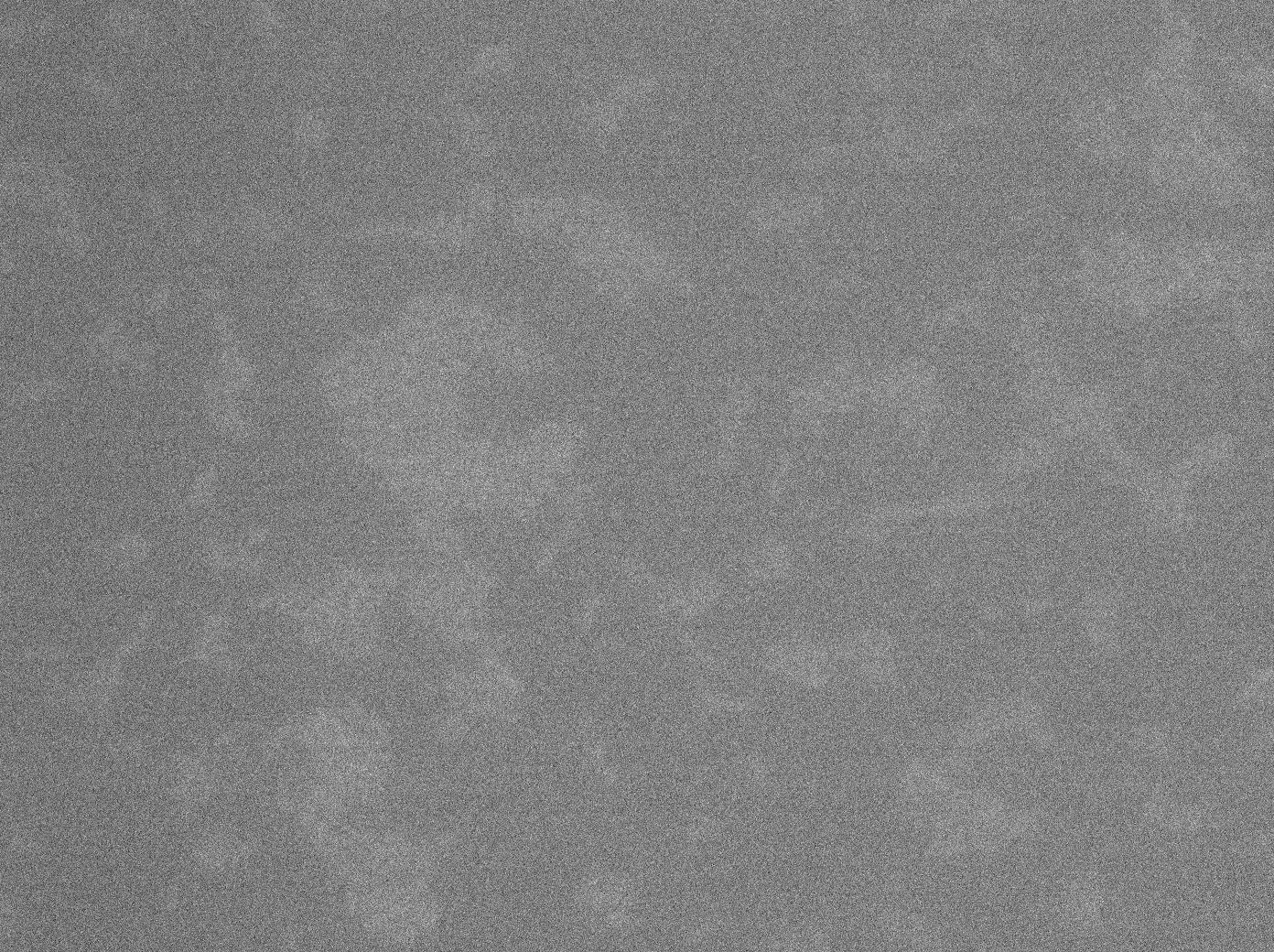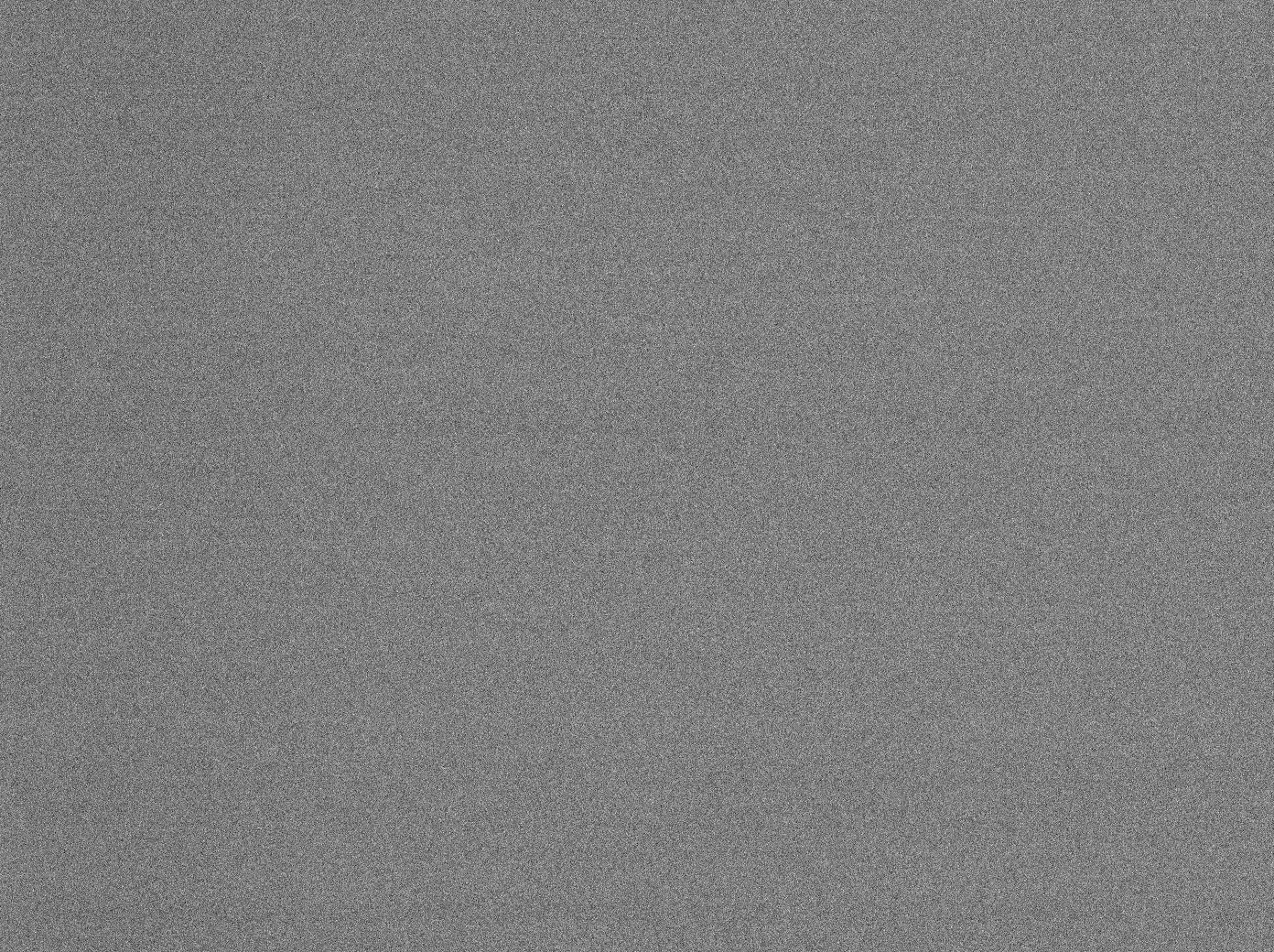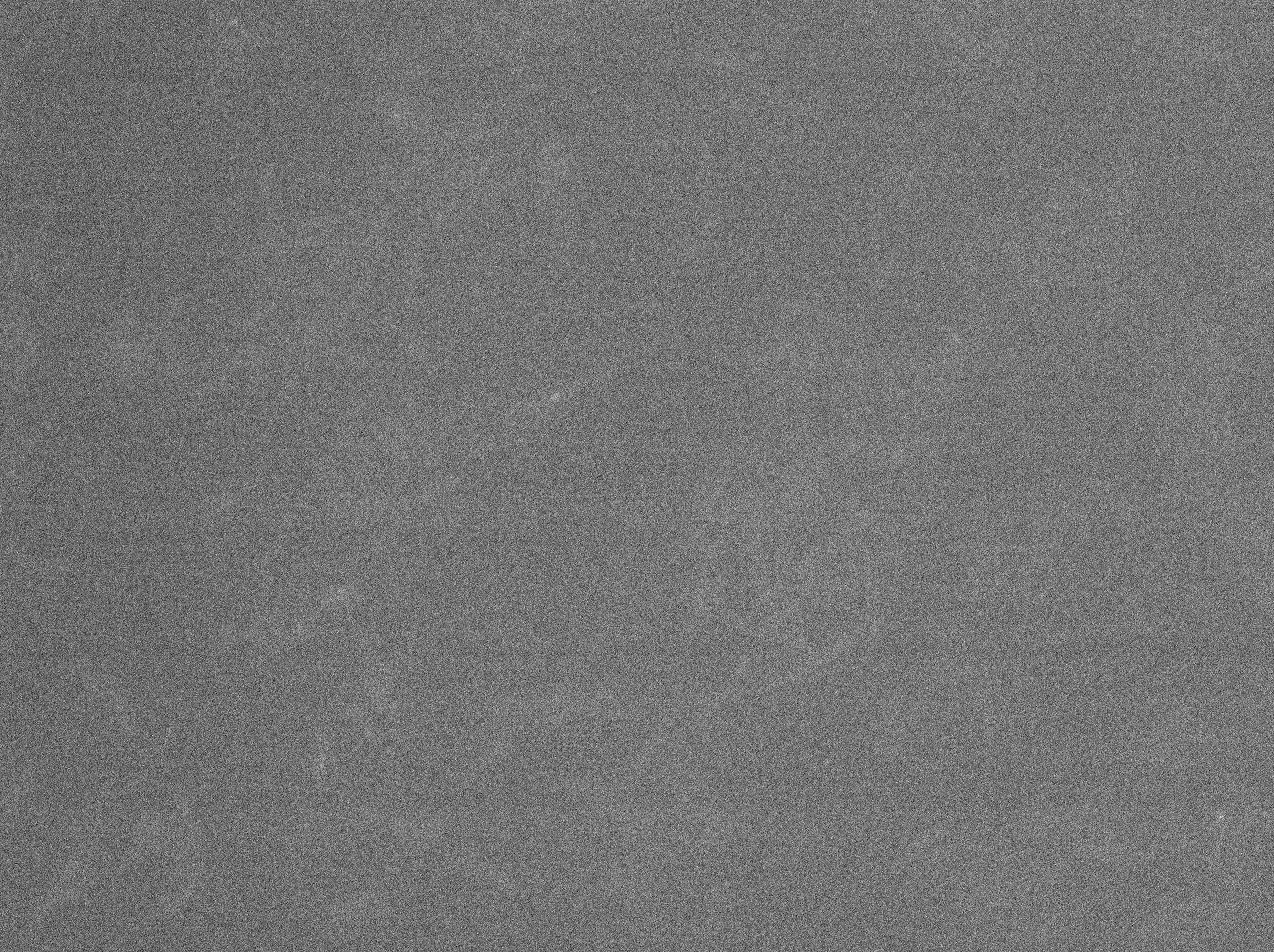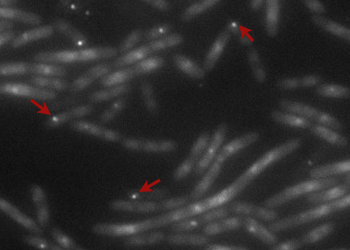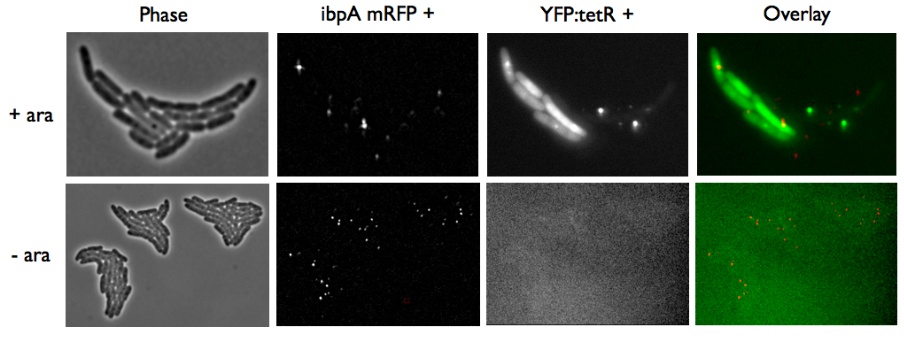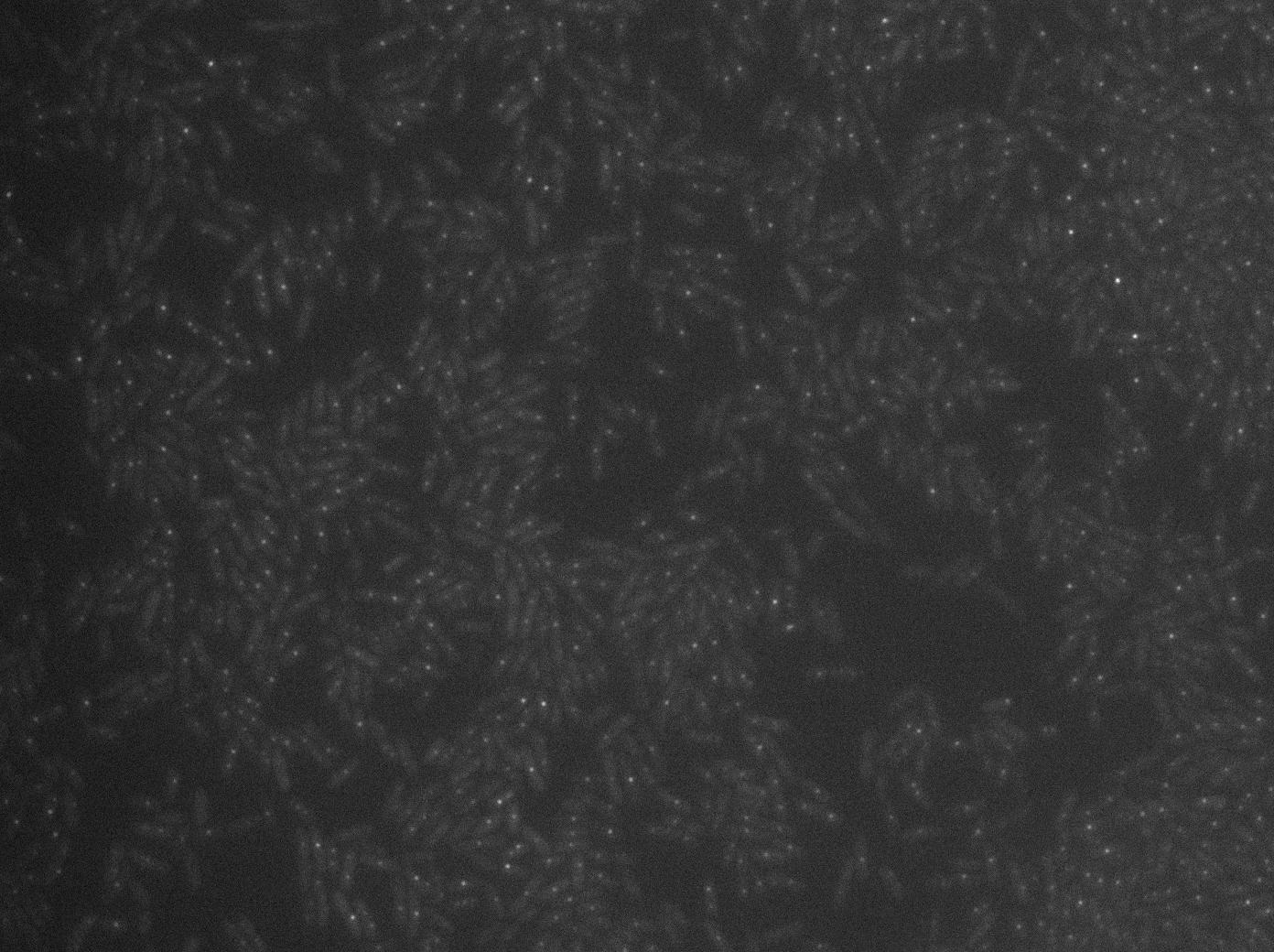Team:Paris Bettencourt/Experiments/YFP TetR diffusion
From 2011.igem.org

Building and characterizing the YFP concentrator design
This system is an improvement of the original experiment with the GFP. To see the fluorescence better, we decided to concentrate the YFP fluorescent molecules fused to TetR on the TetO array to make them more visible in the cell. We have been kindly given the plasmids containing the YFP:TetR construct and the TetO array by D. Lane. We biobricked the YFP:TetR construct and the TetO array so that they can be used by the synthetic biology community. The results are presented here in detail.
Abstract
Results for the YFP concentrator:
- We successfully BioBricked both the YFP:TetR (BBa_K606025) and the TetO Array (BBa_K606026) constructs and sent them to the registry
- We integrated our construct both in E.coli and B.subtilis
- We characterized the YFP:TetR fusion protein both in E.coli and B.subtilis
- We characterized the TetO array in E.coli
- We've done E.coli to B.subtilis diffusion experiments (with negative results)
Design overview

YFP:TetR/TetO array system
More information on the design here.
Parts and biobrick system construction
YFP:TetR construction

Cloning plan of YFP:TetR construction
TetO array construction

Cloning plan of TetO array construction
Characterisation of YFP:TetR fusion protein and TetO array
Testing the YFP:tetR and TetO array strains from D. Lane
In the article describing the YFP:TetR fusion protein[1], E. coli strains are growing at 20°C to avoid protein aggregation. But nanotubes between B. subtilis have only been observed at 37°C. We tested different possibilities: at 37°C or 30°C and different concentrations of arabinose (0% - 0,1% -0,2%) to deal with protein aggregation.
With both YFP:TetR and TetO array plasmids, we can see few spots of fluorescence with 0,2% arabinose. Because there are in the cell extremity, we can suppose that it is concentrated fluorescence in TetO arrays. Nevertheless the protein aggregation is obvious when there is only YFP:tetR at 30°C and 37°C in E. coli.
More pictures and information on the notebook here.
Characterization: Biobricked TetO Array
Microscopy of double transformed pFX234 / Biobricked TetO Array in E. Coli
To characterize this part properly, we took pictures of different strains containing TetO alone; YFP:TetR; or both TetO and YFP:TetR. In each case we made a control where the promoter was not induced with arabinose in E. coli (double transformated with pFX234 and TetO Array).
The pictures of TetO alone show no YFP fluorescence, which was expected because there is no YFP sequence in these plasmids.
The TetR-YFP construct which (emitter part) occasionally shows gross aggregated YFP.
After observing the cells carrying both the TetO and YFP:TetR constructs, we can obviously distinguish glowing dots in some cells. They reflect the behavior we expected. Indeed, appearance of dots (red arrow) shows that the receiver (TetO array) actually links tightly to the YFP:TetR fusion protein!
Microscopy of ibpA mCherry double transformated in E. Coli
We wanted to be able to distinguish precisely the fusion protein aggregates from the YFP:TetR biding to TetO array. We transformated ibpA mCherry cells (expressing a mcherry in a agregation chaperon protein, courtesy of Anne-Sophie Coquel, Inserm U1001) with pFX234 YFP:TetR and biobricked TetO Array plasmids to differenciate TetO array foci from YFP:TetR aggregates.
- Case of YFP:TetR over-expression by arabinose induction
Microscopy shows overlap for most foci and mCherry agregation but some foci do not exhibit red fluorescence.
Hopefully we don't expect to get high concentrations of YFP:TetR in receiver cells so aggregates will not happen in them.
- Case of YFP:TetR low expression by arabinose induction
Microscopy shows that most of aggregates are gone and we have more not-overlaping foci.
The ibpA experiment confirms what we suspected: we can easily distinguish aggregates from YFP:TetR biding to TetO spots. This means the experiments with this system can be carried on easily and will give us a clear response.
Characterization: Biobricked YFP:TetR
Microscopy of double transformed pDAG470 / Biobricked YFP:TetR in E. Coli
To characterize this part properly, we took pictures of different strains containing YFP:TetR alone and both TetO array (from pDAG479, D.Lane) and expression YFP:TetR system (BBa_K606027).
The TetR-YFP construct which (emitter part) occasionally shows gross aggregated YFP.
After observing the cells carrying both the TetO and YFP:TetR constructs, we can obviously distinguish glowing dots in some cells. They reflect the behavior we expected.
Testing the nanotubes with this design

|
The YFP concentrator This design relies on a TetO-array which allow us to concentrate YFP-TetR fusion proteins. We were able to to a E.coli to B.subtilis diffusion through nanotubes experiment with this design. |
References and acknowledgments
- Kinetics of plasmid segregation in Escherichia coli, Scott Gordon, Jerôme Rech, David Lane and Andrew Wright, Molecular Biology, available here Thanks to David Lane, Andrew Wright and François-Xavier Barre for information and great help they gave to us
 "
"





